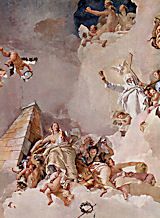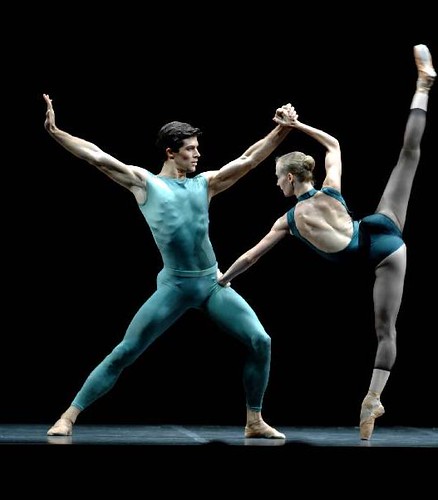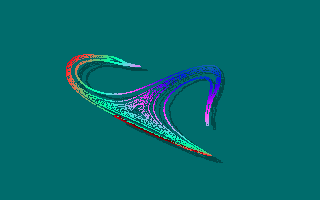Forsythe was trained in classical ballet, but decided to expand past the general constrains of the style. He drew from many different sources to develop his own movement style utilizing all points of the body as possible points for movement initiation that could move in any plane. Classical arms were switched for sharper angles, and the movement became more about the power of the lines of the body rather than the grace of those lines.

Although he began his training in the United States, Forsythe made his name in Germany. Now he both choreographs and tours his own company worldwide, known for the advances his has made to the classical art form. He has also contributed to improvisation in dance, combining his ideas with the work of Laban.
I personally appreciate the work Forsythe has done through his development of the ballet technique. Building off the classical structure as a foundation, he then extends every principle past the boundaries normally held, requiring the dancers to have great strength, technique, and sense of daring. He morphs classical and modern forms of dance into his own style that has developed from Balanchine's ideas to his own innovative works that provide various messages to the audience and are constantly breaking or stretching more and more rules of the classical form.
I have designed this blog to demonstrate these qualities, elucidate on how they have formed, and provide various external sources that further complete the picture. The photographs of dancers show stills of his work, and many of the links lead to different video sources to show his art in action.





